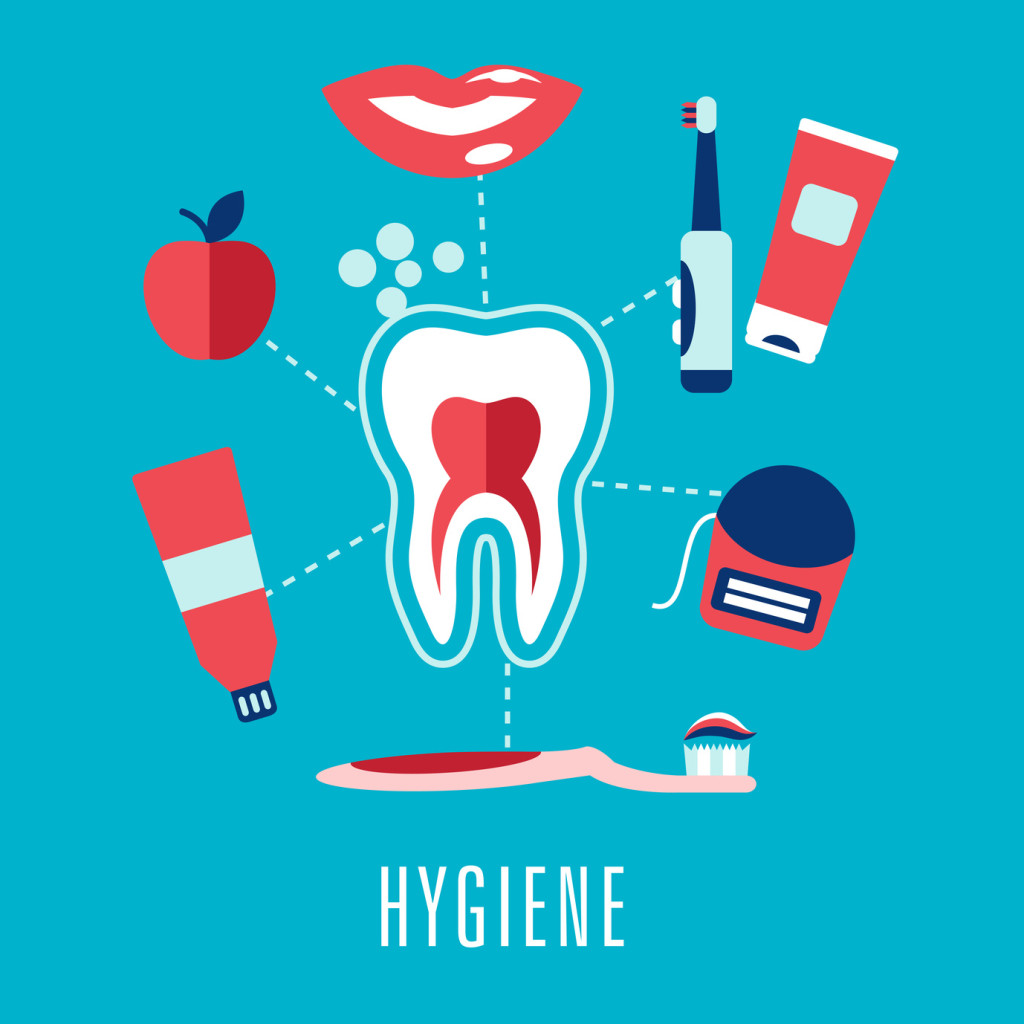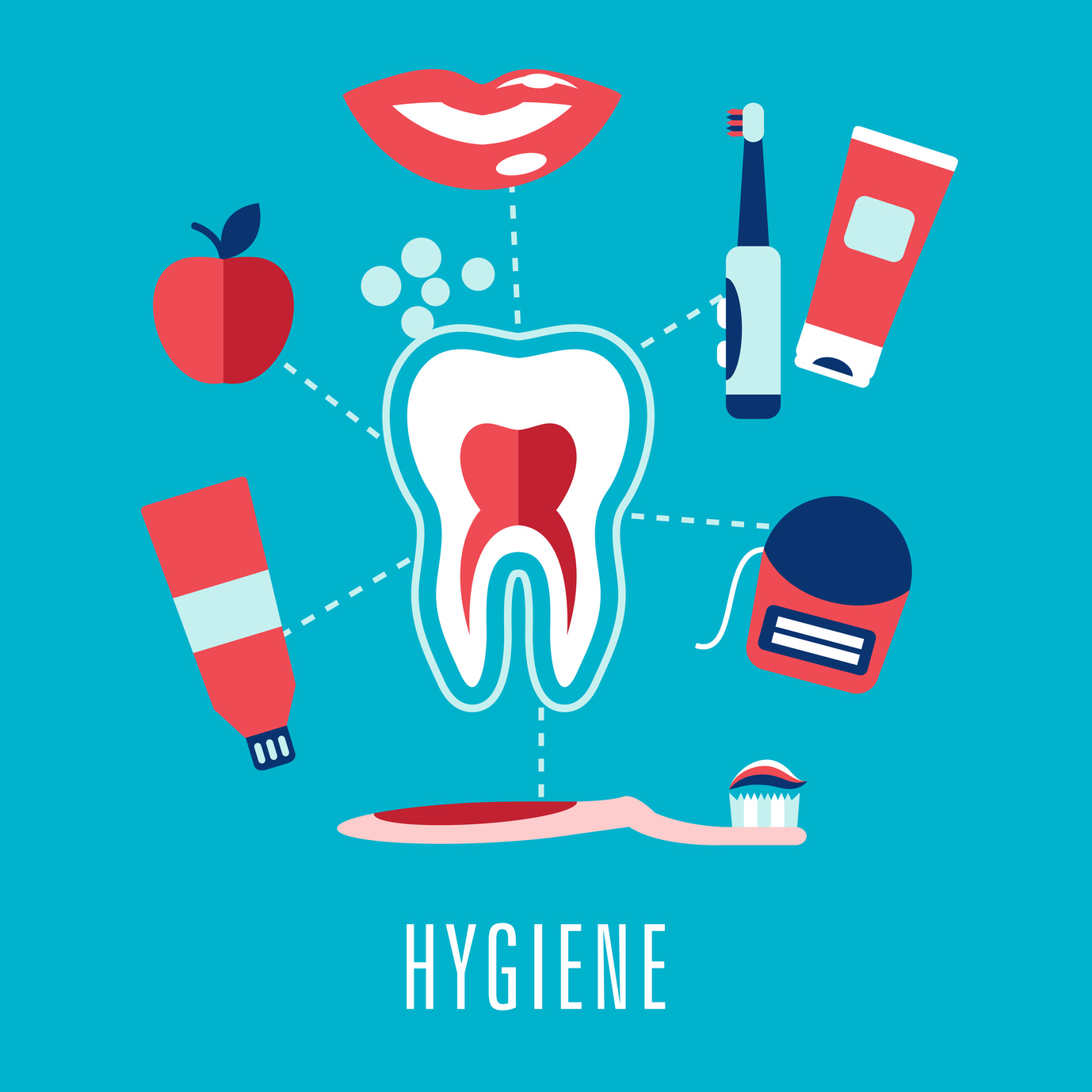
Hannah Auston
Associate Editor
Now that I have covered the basics of personal oral hygiene instructions (POHI), and how they should be performed in last semester’s articles, I will now be discussing the outcomes if POHI is not properly followed.
Gingivitis is inflammation of the gums. It is one of the most commonly found diseases in the mouth. A buildup of bad bacteria will accumulate throughout the mouth, causing inflammation of the gums.
Classic signs include redness, swelling, and bleeding when flossing. Many people think when they floss and their gums bleed, that they should stop because they are bleeding. The exact opposite is true, however.
When the gums are bleeding when flossing, that is a sign that gingivitis is present. The good news is that gingivitis is reversible. Proper brushing and flossing techniques should be maintained, and within 14 days, the gums should stop bleeding.
An alarming 50 percent of U.S adults have gingivitis, and 29 percent of those who have it don’t even realize it because they think a little bit of bleeding when brushing and flossing is normal!
Let me ask this: “If your hands bled when you washed them, would you think that was normal?” (I hope your answer is no!) This is exactly my point that I am trying to stress: any bleeding when brushing or flossing is NOT normal!
It is my hope that based on the information provided in last semester’s issues of ‘The Bridge’ on basic POHI, that you will take that information and use it to better not only your oral health, but your overall health as well.




